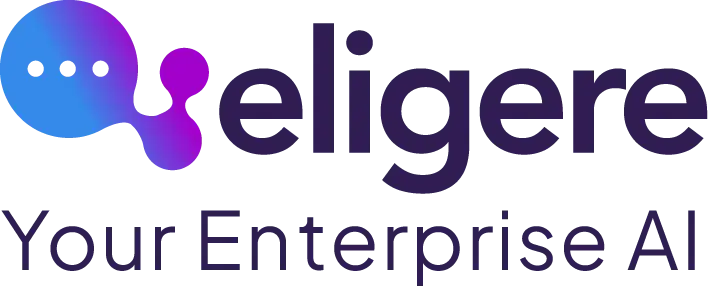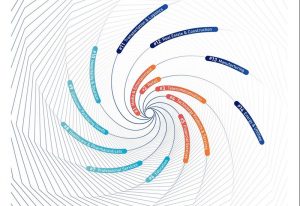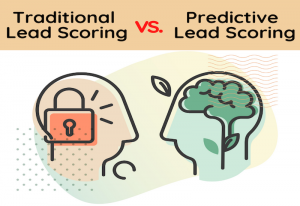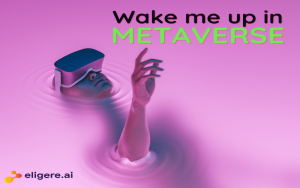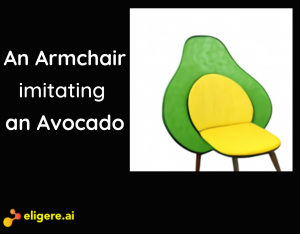This is the second post of a 4-Part series that will take you on a journey of Successful Digital Product Development.
Read the first part here.
“Just like in any other high performing team, the 4 stages of team dynamics – Forming, Norming, Storming and Performing, come into play in Product building.”
Good techno product development and product management talent is a rare skill set, and it is in high demand across industry sectors. It’s not just about hiring a single Chief Product Manager (CPO) or Chief Technology Office (CTO) or a stand-alone UI/UX designer (CDO). The team of CPO, CTO and Designer becomes a highly functioning organisational unit only after it has worked together on multiple product cycles over a period of time.
An ideal techno Product Manager is a person who has the professional gravitas to act as a trusted advisor to the three key stakeholders in the product journey – business side leader, the CTO and the UI/UX Designer.
Chief Product Officer – as an Advisor to the Business Leader
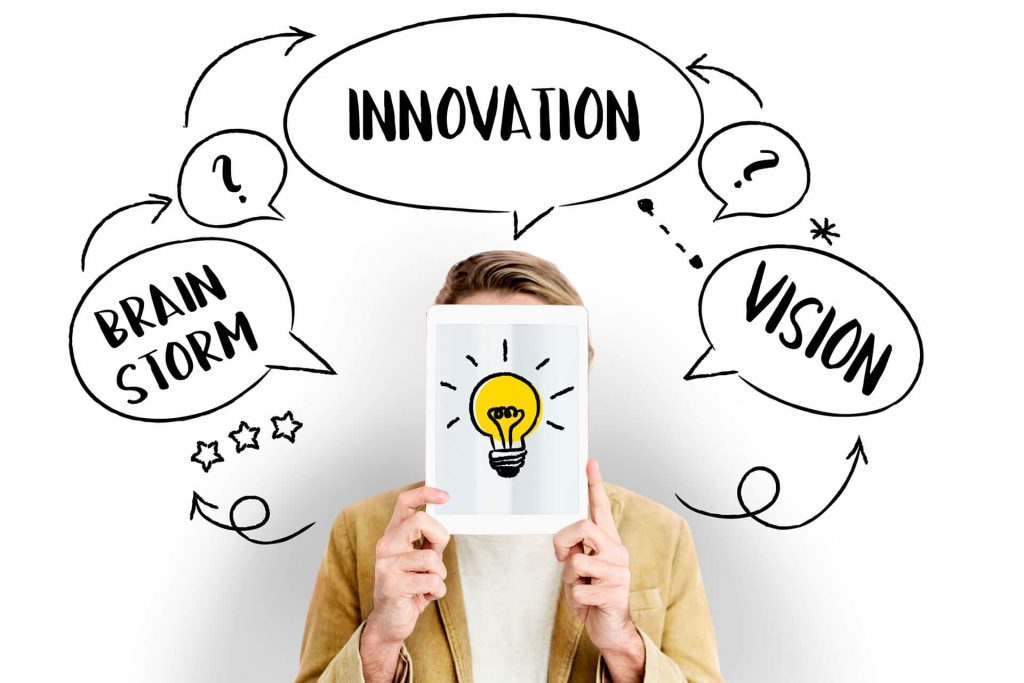
The business leader has a vision in mind for which (s)he engages a product team. It is the responsibility of the CPO to engage with the business teams in a consultative manner and convert this high level vision into specific product goals. The CPO acts as the filter and organiser of ideas from the business side before passing them onto engineering for execution.
The CPO also provides new insights and ideas to business teams based on his/her experience about the possible applications of technology in achieving these business goals.
There are tools and processes available to bring out the clarity of thought and to align all stakeholders around common goals. (more on this in the next 2 articles)
Chief Product Officer – as a Partner to the CTO
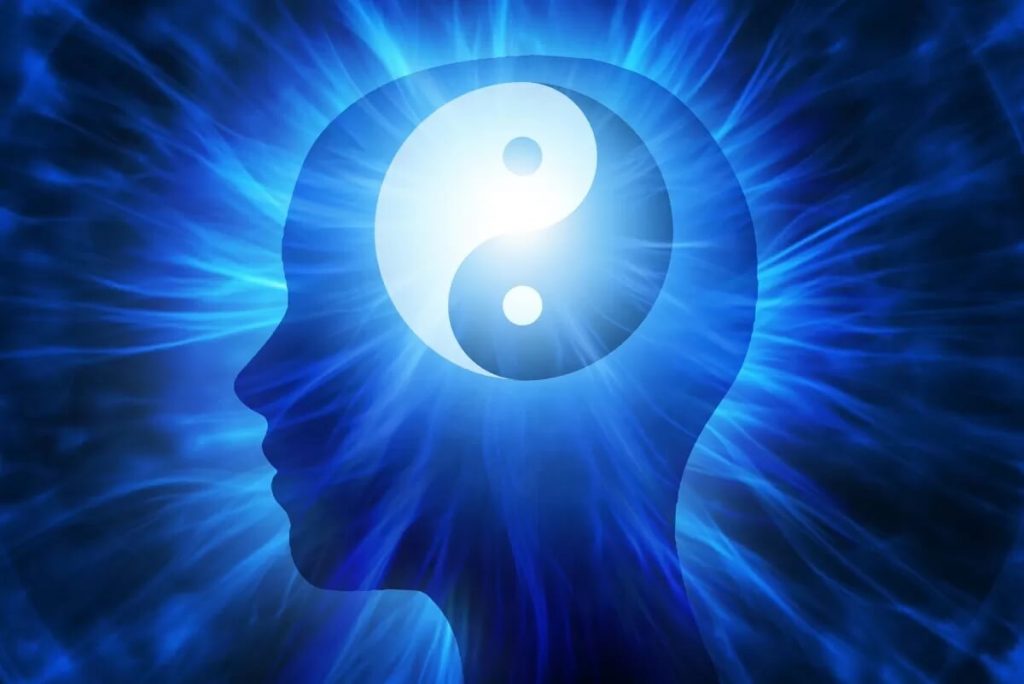
The relationship between the CPO and the CTO is the single most important element in the success or failure of any digital product. The CPO and the CTO are like the Yin and Yang of a Product team.
The CPO depends on the CTO to provide a realistic view of what can be built and on the CTO’s execution skills to bring the product vision to life. The CTO in turn depends on the CPO to provide a clear product direction and feature prioritisation. It is the CPO’s responsibility to ensure that the product goals are as specific as possible, and the engineering team is insulated from disruptions due to shifting goalposts during execution. (We will talk more on the tools available to manage this in our next 2 articles)
When the CPO and the CTO have worked together over a period of time, they understand each other’s working style and respect each other’s judgement. By working together in perfect harmony, the CPO and the CTO can push the boundaries of ambition in building exceptional products.
Chief Product Officer – as a Navigator for the Designer
As the old saying goes – what gets seen, gets sold.
The Designer is the font of creativity in the entire product development ecosystem and s/he drives the UI and UX of the Product. The difference between User Interface (UI) and User Experience (UX) is that UI refers to the aesthetic elements by which people interact with a product, while UX is about the experience a user has with a product or service.

A designer is an artist with a set of blank canvases on which s/he has to paint the product and its features. Product Management provides guidance on what type of painting is required and how respective elements of the same interact with each other. Technology team provides insights on features that can actually be built. Designer provides options for the best ways to represent those features and functionalities.
Since this is such a creative and subjective exercise, interpersonal dynamics between the Designer, the CPO and the CTO make a huge difference in how the product finally turns up. When the Designer, the CTO and the CPO are in sync, the output is a masterpiece that goes beyond the original product vision of the business team and delights all users.
There are tools and processes available that help in getting the best output from the product design exercise. We will go into more details of the same in our next 2 articles.
Traits to look for in the Product Team
Product development is very different from tech support, services or solutioning. A tech Product team needs to have an outside-in mindset, where everyone is sharply focussed on the end-user needs and are ready to learn, adapt and innovate on the go.
An ideal Chief Product Officer is a person who has either been a tech entrepreneur in the past or has worked in tech startups in product or business roles. S/he also has at least a working understanding of what tech can and cannot do.
A product CTO should preferably be a full stack engineer who has worked on multiple Product development cycles. It’s important that the CTO is a hands-on engineer who is not shy of writing code himself/ herself, and who doesn’t just delegate tasks to junior engineers (very unlike a corporate CTO). Building new tech products means working on problems that do not have predefined solutions, so the product CTO is a person who is keen on constantly learning new technologies and trying new approaches.
This is the reason why corporate IT teams led by life-timer corporate CTOs rarely build high traction products. There is too much of a hierarchy in a corporate IT department and an inward looking mindset, built over years of working in siloed units performing tech support / services roles.
While choosing a designer see his/her past work. The designer should have experience in creating UI and UX of full stack tech products, and not just of building websites or marketing collaterals. Imagining the full user journey through the product and building the wireframes for the same is a specialist skill which is not the same as just visualising the front-end aesthetics of the product.
This is the second part of our 4 part series. Read the other parts here –
- Paypal Mafia and Evolution of Techno Product Management
- The Art of Product Management – The Human Element
- The Process of Product Management – Discovery
- The Process of Product Management – Design
Author
-

Rantej Singh is the founder of eligere.ai. Rantej has 20 years of experience working with MNCs like Bank of America Merrill Lynch, Thomson Reuters and ICICI Bank in Trade Finance, Product and Innovation roles. Rantej is a serial entrepreneur with deep understanding of the digital product lifecycle ecosystem. Rantej is a co-author of a finance book and a triple medal winner at US Open Karate Championship. Rantej has a Bachelor of Technology degree and is an MBA from IMD - Switzerland.
